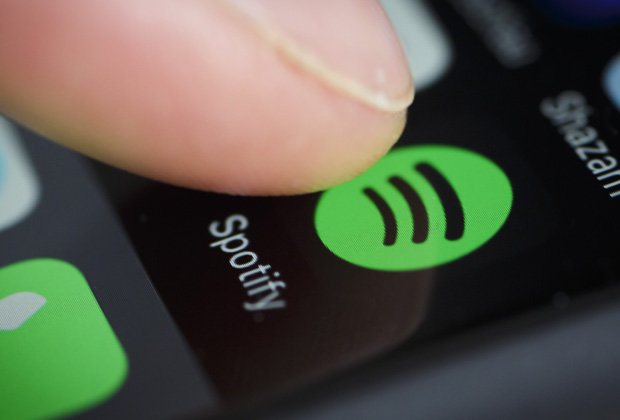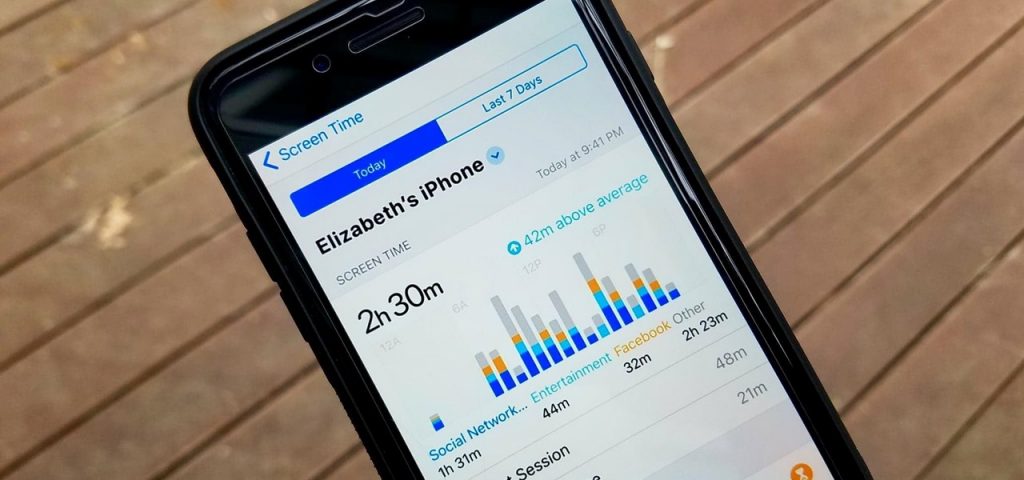Amazon Opens its Blockchain Standard as a Service

Amazon, through its cloud computing arm, AWS, had launched two new Blockchain products last November, and now, it has launched its Managed Blockchain Service for general availability. The new Blockchain Service will allow the users to create and manage blockchain networks, without the need for a centralized authority.
Noticeably, the company had launched the service in November, which was available only in ‘preview’, for which the users needed to sign up to get the approval to use the service. But now, it is open for general use. With the help of Managed Blockchain Service, the users will be able to set up their blockchain networks within their organisations, easily, quickly and economically.
The Managed Blockchain Service is a fully-managed service and will let the users ditch the arduous task of software installation, creating and managing the certificates for access control, and configure network settings, which they had to do in order to set up a separate blockchain network.
“Amazon Managed Blockchain takes care of provisioning nodes, setting up the network, managing certificates and security, and scaling the network. Customers can now get a functioning blockchain network set up quickly and easily, so they can focus on application development instead of keeping a blockchain network up and running,” said Rahul Pathak, General Manager, Amazon Managed Blockchain at AWS.
The company made the service first open to using in northern Virginia and is slowly expanding its availability to other locations. The companies like AT&T Business, Nestlé and the Singaporean investment market, the Singapore Exchange, are already up to use the company’s latest services.
For now, the service will make use of Hyperledger Fabric, whereas the company is working on the Ethereum network, which will be available as general by the end of this year.

Yashica is a Software Engineer turned Content Writer, who loves to write on social causes and expertise in writing technical stuff. She loves to watch movies and explore new places. She believes that you need to live once before you die. So experimenting with her life and career choices, she is trying to live her life to the fullest.






